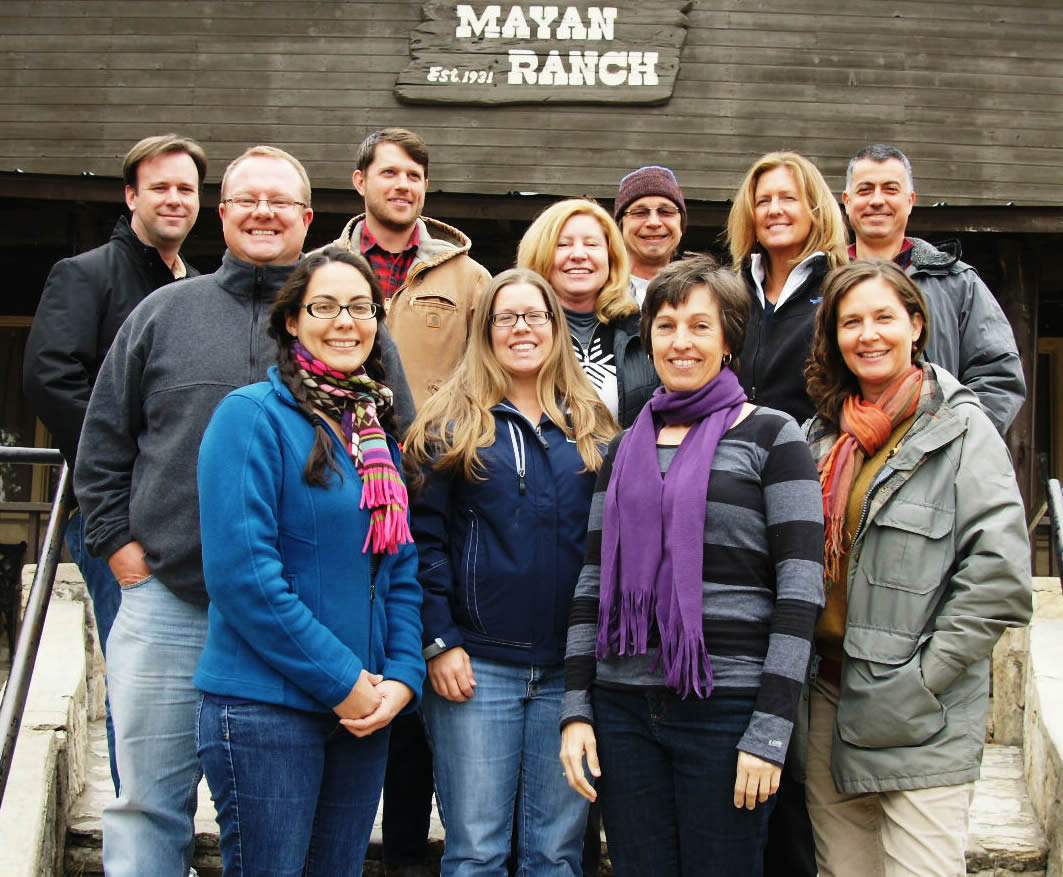Water Resources Branch
TPWD’s mission is to manage and conserve the natural and cultural resources of Texas and provide hunting, fishing and outdoor recreation opportunities for the use and enjoyment of present and future generations. As the agency charged with primary responsibility for protecting the state’s fish and wildlife resources, TPWD is in a unique position and has been given statutory authority to fulfill these requirements.
 Water impacts every aspect of TPWD’s mission. TPWD’s Deputy Director for Natural Resources oversees Divisions with programmatic responsibility for protection of state fish and wildlife resources. The Water Resources Branch reports to the Deputy Director for Natural Resources and, in conjunction with the Legal Division, coordinates TPWD’s involvement in water planning, water permitting and other water-related issues.
Water impacts every aspect of TPWD’s mission. TPWD’s Deputy Director for Natural Resources oversees Divisions with programmatic responsibility for protection of state fish and wildlife resources. The Water Resources Branch reports to the Deputy Director for Natural Resources and, in conjunction with the Legal Division, coordinates TPWD’s involvement in water planning, water permitting and other water-related issues.
Composed of the Water Quantity and the Water Quality Programs , the Water Resources Branch provides technical and policy expertise to the agency and external stakeholders for addressing environmental water issues. Reflective of the importance of water in many aspects of natural resource management and protection, the Branch is a part of the Coastal Fisheries Division as well as the Executive Office.
The Coastal Fisheries Division manages the marine fishery resources of Texas' four million acres of saltwater, including the bays and estuaries and out to nine nautical miles in the Gulf of Mexico. Coastal Fisheries management strategies are directed toward optimizing the long-term utilization and sustaining fisheries populations at levels that are necessary to ensure replenishable stocks of commercially and recreationally important species. The Division, including the Water Resources Branch, focuses on habitat conservation and restoration and leads the agency research, management and inter-agency coordination on all water-related issues including assuring adequate instream flows for Texas' rivers and sufficient freshwater inflows for bays and estuaries.